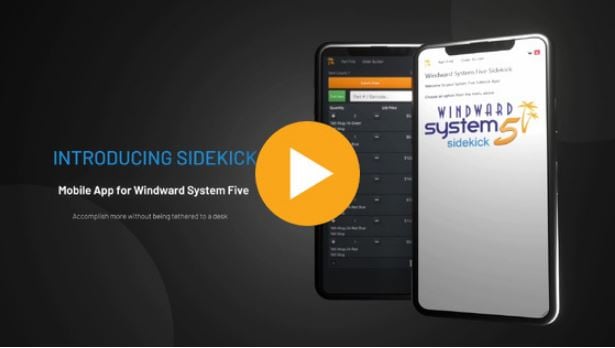The Windows host file contains server name and IP address mappings for the local computer. Using a host file to configure computers on the network was important in the past but with the advent of inexpensive DNS and DHCP network appliances it is no longer necessary to use the hosts file. Windward System Five does not require any entries in the host file but there could be impacts to the Pervasive database engines if there are network misconfigurations. Incorrect configurations in the host file may prevent connections to your Pervasive server or between workstations running System Five.
Pervasive and System Five do not require entries in the hosts file unless directed by your IT Professional. The host file can be a tool to optimize network performance in the hands of a skilled IT Professional and is outside the scope of this article.
The host file by default is found at C:\WINDOWS\system32\drivers\etc . The file is named 'hosts' without an extension. Example 1 shows a sample of the host file with 2 entries. The localhost entry is present by default and the testserver was added for demonstration purposes.
# Copyright (c) 1993-1999 Microsoft Corp. #
# This is a sample HOSTS file used by Microsoft TCP/IP for Windows. #
# This file contains the mappings of IP addresses to host names. Each # entry should be kept on an individual line. The IP address should # be placed in the first column followed by the corresponding host name. # The IP address and the host name should be separated by at least one # space. #
# Additionally, comments (such as these) may be inserted on individual # lines or following the machine name denoted by a '#' symbol. #
# For example: #
# 102.54.94.97 rhino.acme.com # source server # 38.25.63.10 x.acme.com # x client host
127.0.0.1 localhost 192.168.1.100 testserverExample 1 - Hosts file contents
BE WARNED… If your hosts file looks like this:
# Copyright (c) 1993-1999 Microsoft Corp. #
# This is a sample HOSTS file used by Microsoft TCP/IP for Windows. #
# This file contains the mappings of IP addresses to host names. Each # entry should be kept on an individual line. The IP address should # be placed in the first column followed by the corresponding host name. # The IP address and the host name should be separated by at least one # space. #
# Additionally, comments (such as these) may be inserted on individual # lines or following the machine name denoted by a '#' symbol. #
# For example: #
# 102.54.94.97 rhino.acme.com # source server # 38.25.63.10 x.acme.com # x client host
94.63.147.22 www.google.com 94.63.147.23 www.bing.comHosts file with System Five troubleshooting
If the Windward server should be located at network address 192.168.1.100 but a ping test shows it at a different IP address on the network then the network should be checked by an IT professional. As an interim solution each workstation's hosts file may be updated using Windows Notepad. A new line can be added as shown in Example 1 where the IP address is matched with the server name called testserver. A ping test to the testserver should show the IP address as specified in the hosts file.
To open/update the host file, go to this directory "C:\WINDOWS\system32\drivers\etc ". Open notepad normally then drag the hosts to the notepad.




